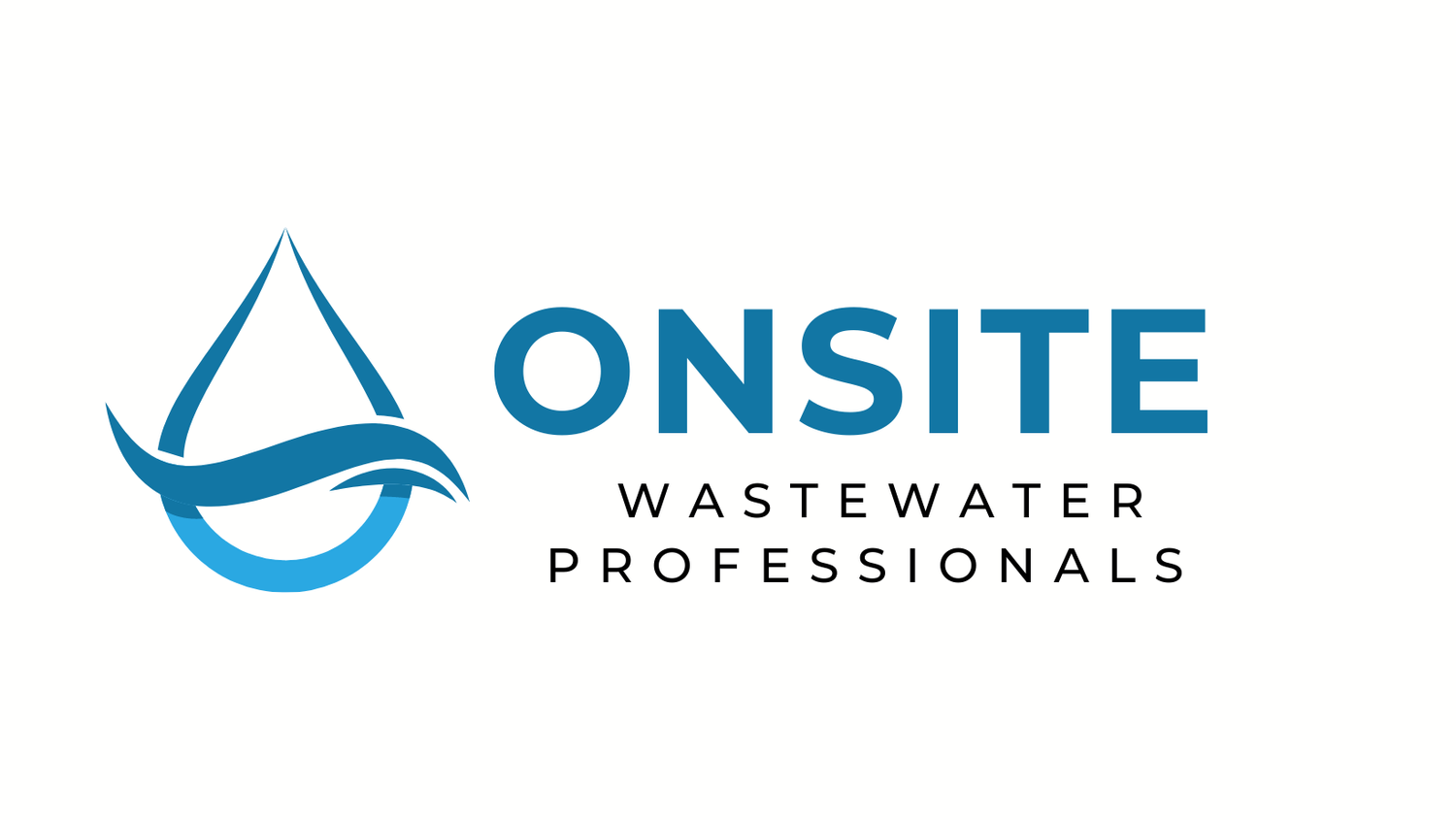Septic Inspection: Standards of Practice
Standards of Practice, Resources, and Comprehensive Training Approach
In an industry characterized by increasing environmental regulations and a need for proficient professionals, accessible education, standardization, and a supportive community are key to promoting excellence in onsite wastewater management. Our presentation will primarily spotlight the Standards of Practice for Inspections, a model propose by the Onsite Wastewater Professionals (OWP). Serving as an exemplary guide for areas without formal certification programs, these standards outline best practices for conducting efficient, compliant septic inspections, ensuring thoroughness, professionalism, and environmental safety.
We will discuss the value of these industry standards in guiding inspection processes and boosting service quality. Adherence to these standards not only helps inspectors maintain consistency in their work but also enhances their marketability and reputation in the industry.
Further, our presentation will cover the wealth of resources and guides available to support inspectors in their duties. These include forms, contracts, and other templates that assist in streamlining the inspection process and refining reporting accuracy. With these tools, inspectors can produce comprehensive, compliant, and clear reports, enhancing their service to clients and regulatory authorities.
In the spirit of accessibility and continuous professional development, we will delve into both online and in-person training opportunities. These programs offer a blend of theoretical learning and practical experiences, equipping participants with a deep understanding of various septic system types, inspection techniques, and regulatory requirements. By making quality education in wastewater management reachable, we foster a more informed and capable community of professionals.
In conclusion, our presentation will underscore how standardization, accessible training, and a supportive community can elevate the professionalism and proficiency within the onsite wastewater inspection sector. Join us to understand how you can contribute to, and benefit from, this collective effort towards enhancing environmental protection and public health.
Agenda
1. Introduction (5 minutes)
Welcome and Introduction
Course Overview
2. Importance of Industry Standards (10 minutes)
The Role of Standards in Onsite Wastewater Management
Introduction to the Standards of Practice for Inspections
3. Unpacking the Standards of Practice for Inspections (15 minutes)
Thoroughness: Ensuring Comprehensive Inspections
Professionalism: Upholding Ethics and Quality in Practice
Environmental Safety: Promoting Sustainable Wastewater Management
4. Resource Availability: Supporting Effective Inspections (10 minutes)
Importance of Resources and Guides in Inspection Processes
Overview of Available Tools: Forms, Contracts, and Templates
Utilizing Resources for Enhanced Reporting and Service Delivery
5. Accessible Training Opportunities (10 minutes)
The Need for Continuous Professional Development
Overview of Training Platforms: Online and In-person
Content of Training: Septic System Types, Inspection Techniques, Regulatory Requirements
6. Building a Community of Professionals (5 minutes)
The Role of a Professional Community in Wastewater Management
Benefits of Collaboration and Shared Learning
Ways to Engage in the Professional Community
7. Conclusion and Q&A (5 minutes)
Summary of Key Takeaways
Questions and Answers
Through this course, participants will gain a deeper understanding of the importance of industry standards, the value of accessible training opportunities, and the role of a supportive professional community in elevating the onsite wastewater management sector.
Please note: This outline provides a general structure for the class, and the exact content might be adjusted according to the audience's background and specific questions during the session

